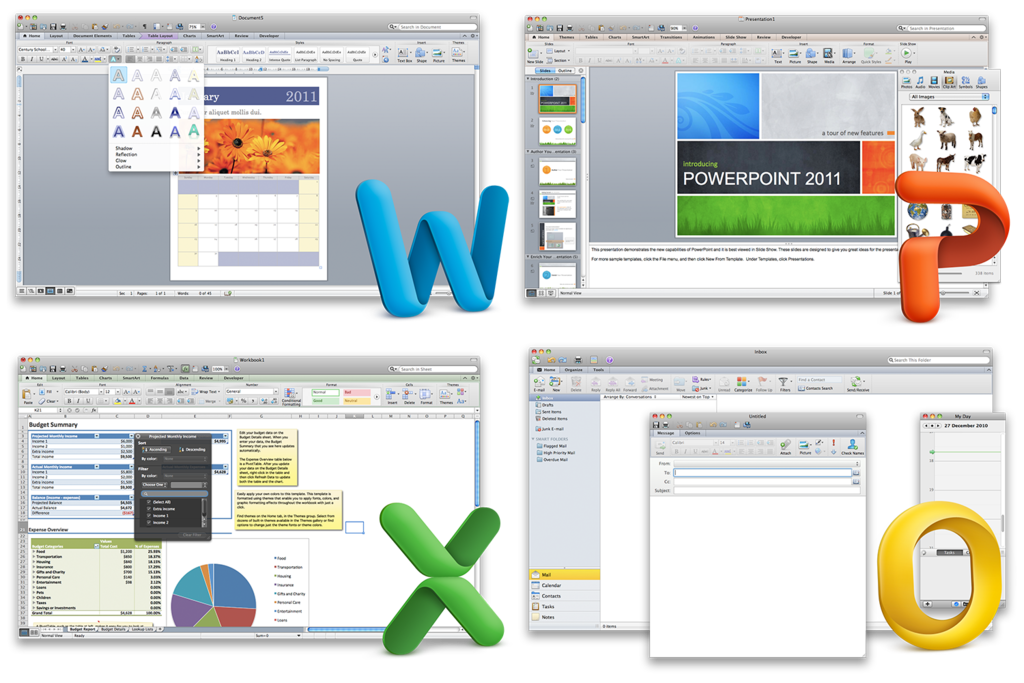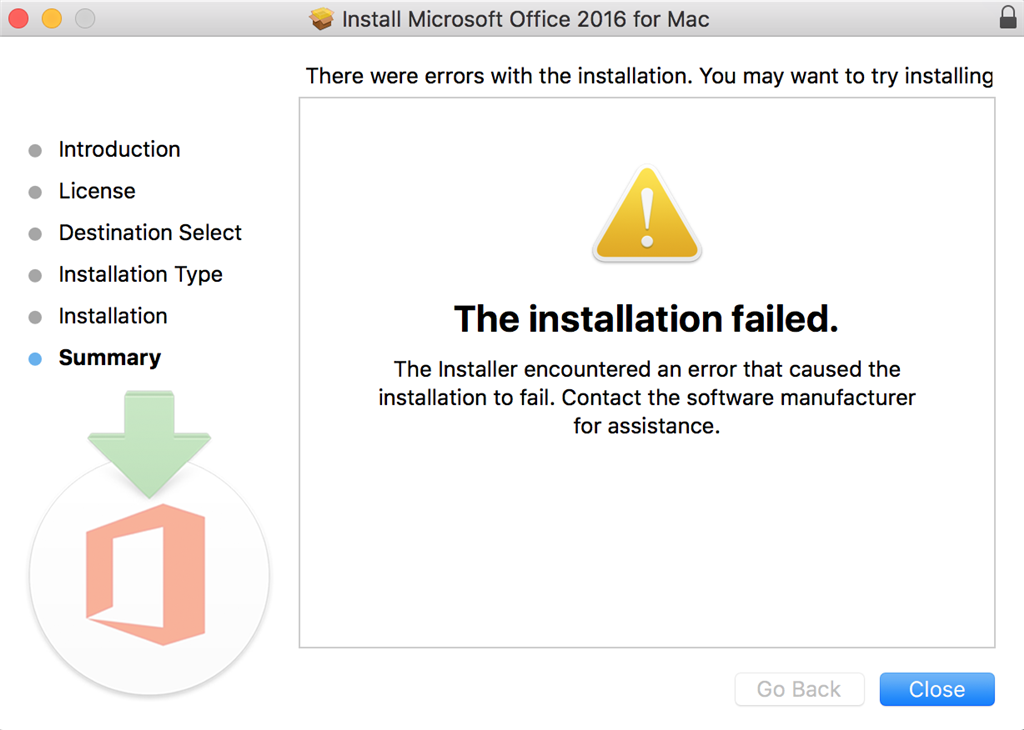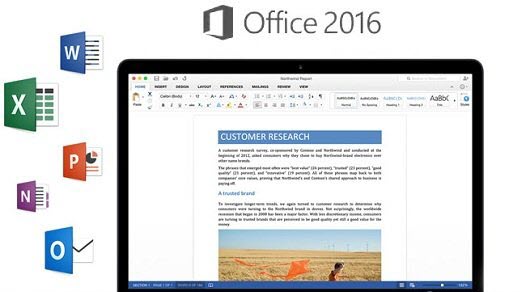Microsoft Office Access 2016 Multiple Activation Key (MAK) and/or Office 2016 Suites and Apps Key Management Service. Office 2016 - Volume Activation and Licensing. The Volume Licensing Service Center (VLSC) gives you easy access to: Download products and keys. Microsoft Products and Services Agreement (MPSA) customers should use the Business Center. Sign in to access the Volume Licensing Service Center. For example, if you're licensed for Microsoft Office Professional Plus 2019 through Volume Licensing, you can use Microsoft Office Professional Plus 2016 instead. But you may not downgrade to Microsoft Office Standard Edition 2016 because it is a different product and not considered a prior version of Microsoft Office Professional Plus 2019.
Plug the device directly into your Mac instead of a USB hub or other device, and if necessary test with a different USB port on your Mac or device. Others work without additional software. Driver usb samsung for mac. Some devices need their own software, such as drivers or firmware. Test with another cable or adapter, if available.

If you bought Office 2016 for the Mac by way of volume licensing – for example, if you’re a non-profit and got it through TechSoup – you may have a hell of a time figuring out how to actually GET it. Above and beyond the usual fandango of getting an open license agreement and creating a Windows Live account for the same email address the OLSA is attached to and creating a VLSC account on that Windows Live account and taking ownership of the OLSA… things get deeply weird when you try to download it.
There’s your Microsoft Office for Mac 2016 Standard in the Downloads section, and it has the usual glowing text about how awesome it will be to have Office 2016 for your Mac in the Description tab… but when you click Download, all of a sudden you’re faces with a download for “Office Online Server”, which has absolutely nothing to do with Office 2016 for Mac.
I went around and around trying to figure out what was going on with this, to no avail. I eventually figured out – due to scads of people posting about OTHER problems with the Mac installer, which I fervently hope I won’t encounter once I actually get the chance to install this thing – that the ISO I should be seeing was about 1.6GB in size. The ISO for “Office Online Server 64 Bit English” is a “svelte” 599MB, so that’s not it.
Eventually, just before giving up and trying to file a bug report with Microsoft about mislabeled downloads on the VLSC, I looked hard at the “32/64 bit” Operating System Type. I mean, I’d looked at it ten times already and moved on, because, sure, OS X should be taking a multi-arch installer, why not? But when I actually clicked the drop down…
Yyyyyyeah. Hope this helps somebody else, that was a frustrating half hour or so.
Microsoft on Monday released Office 2019, its “perpetual-license” product for both Windows 10 and the Mac platform.
However, the Office 2019 product is only available now for Microsoft’s volume licensing customers. “Volume licensing” applies to organizations that license the software for five or more end users. Consumers right now don’t have access to Office 2019, although the product is expected to become available “in the next few weeks,” according to an announcement by Jared Spataro, Microsoft’s corporate vice president for Office and Windows marketing.
Spataro also noted that Microsoft is planning to release Exchange Server 2019, Skype for Business Server 2019, SharePoint Server 2019 and Project Server 2019 “in the coming weeks,” although the exact timing wasn’t described.
Office 2019 Applications
Office 2019 consists of the traditional Excel, Outlook, PowerPoint and Word productivity applications. It includes Access, Project, Publisher and Visio applications as well, but only for Windows users.

In addition to differences in the included apps, the features within Office 2019 differ between the Windows and Mac platforms, too.
Microsoft Volume Licensing Mac Office

New installers of Office 2019 on the Windows platform will get the OneNote for Windows 10 Universal Windows Platform application by default, instead of the desktop version of OneNote, which is called “OneNote 2016.” However, if an organization had used the OneNote 2016 desktop application and then upgraded to Office 2019, then they’ll retain OneNote 2016, according to Microsoft’s “FAQ About OneNote in Office 2019” document. Microsoft actually checks to see if the OneNote 2016 desktop application has been used. If it hasn’t been used, then organizations get the Universal Windows Platform app version instead when they install Office 2019.
It’s actually possible to use the OneNote for Windows 10 app and the OneNote 2016 desktop application side by side on the same system. If the user is connected to the Internet, the two applications can sync, according to Microsoft’s FAQ document.
Organizations can still opt to use the OneNote 2016 desktop app instead of the OneNote for Windows 10 app with Office 2019. They can add OneNote 2016 using the Office Deployment Tool, Microsoft explained, in its “Deployment Guide for OneNote” document. However, the OneNote 2016 product eventually will be coming to an end. OneNote 2016 will be supported through Oct. 14, 2025, per the FAQ document. There doesn’t appear to be Microsoft plans to support anything other than the Universal Windows Platform app version of OneNote in the future.
Microsoft previously signaled that the OneNote 2016 desktop application will be the last of its kind, even though the Windows 10 app version of OneNote currently lacks feature parity. For instance, the OneNote for Windows 10 app lacks an offline storage capability and all files have to be stored in Microsoft’s OneDrive cloud storage. That circumstance, where files need to be stored offsite, could be a reason for some organizations to opt for using OneNote 2016 with Office 2019.
OneNote for Mac application users who are on the Mac, iPhone, iPad and Android platforms, as well as OneNote Online, are using versions that get updated every month with new features. Nothing will change for these users, Microsoft’s FAQ suggested.
Microsoft Office Volume Licensing Installer
Windows Platform Support

On the Windows side, Office 2019 is only supported on Windows 10. It’s not supported on Windows 7 or Windows 8.1.
Organizations using Windows 7 or Windows 8.1 only have access to the new Office applications when they use Office 365 ProPlus, Microsoft’s service-enabled product that’s available through Office 365 subscriptions. Windows 7 users are supported on Office 365 ProPlus through January 2020, although they can buy Extended Security Updates and be supported through January 2023. Windows 8.1 users of Office 365 ProPlus are supported through January 2023.
Microsoft Volume Licensing Office For Mac Osx
Office 2019 will run on the Windows 10 “semiannual channel” (gets new feature updates twice per year). It’s also supported on the “long-term servicing channel 2018” Windows 10 release (gets new feature updates every 10 years) or on the next long-term servicing channel of Windows Server.
Microsoft 365 Volume Licensing

Organizations cannot run Office 2019 simultaneously with Office 2016. That circumstance is true for both the Windows and Mac platforms, according to the “Office 2019 Commercial for Windows and Mac FAQ” document. Microsoft recommends uninstalling previous versions of Office before installing Office 2019.
Office 2019 is different from Office 365 ProPlus, which is Microsoft’s subscription-based service that gets monthly updates. In contrast, Office 2019 is a one-time purchase that won’t get future new feature updates (although security updates will be available). Spataro described Office 2019 as having a “subset” of the features that were added to Office 365 ProPlus “over the last three years.” However, it’s possible that end users won’t notice the differences.
